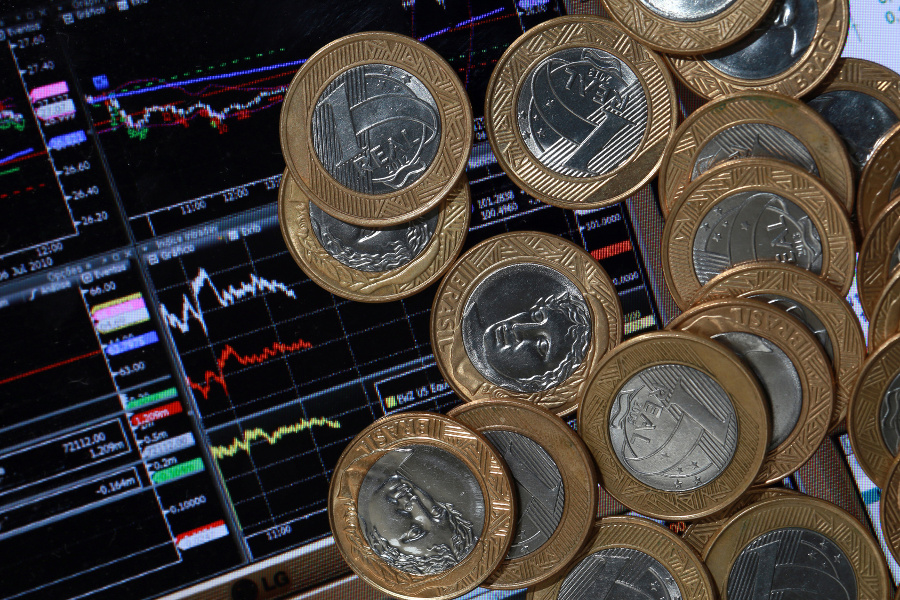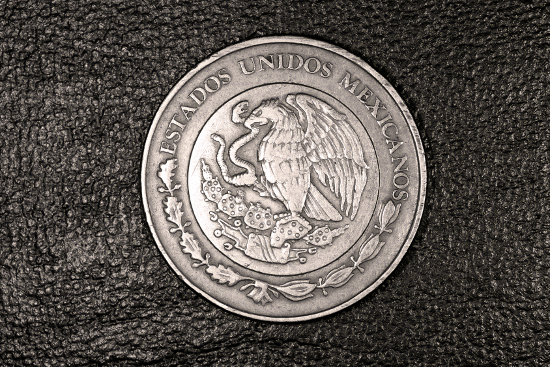Posts by Edgar Ortiz
The Yen’s Depreciation
The exchange rate in Japan has settled around 123.70 yen per US dollar. [1] When quantitative easing (QE) was launched in Japan in April 2013, the Japanese yen (JPY) was trading at around 95 yen per USD.
Read MoreJapan and the Myth of Currency Depreciation and Exports
In short, we pointed out that the depreciation of the yen was due to an increase in the monetary supply in Japan. This increased supply made it less profitable to hold the currency, and as a result, market participants increased their short positions on the yen against a backdrop of increasing dollar strength.
Read MoreEconomic growth in Japan decelerates (again)
The main topic of discussion about the Japanese economy over the last twenty years has been its deflation and low economic growth. Japan’s last big economic policy bet has been its quantitative easing (QE) program launched in April 2013.
Read MoreBrazil’s Accidental Growth Comes to an End
Many people thought Brazil was the poster child of economic success for its supposedly sound economic and social policies. It was seen as one of the most promising emerging economies in the world and, given its size, was expected to assume a leadership position on the global stage.
Read MoreAre Guatemala’s Public Finances Sustainable?
The media often report that Guatemala’s current financial situation is stable. We often hear boasts that the country’s public debt to GDP is low compared to other countries in the region. However, despite these claims, government finances have not followed a course that would make us optimistic.
Read MoreMexico’s Central Bank Reacts to the Fed’s Rate Hike
The most notable news in the economics and finance world has been the Federal Reserve’s decision to raise interest rates on December 16th. In response to the news, Mexico’s Central Bank raised its interest rate target by 0.25 percentage point.
Read MoreMexico: Petroleum and Public Finance
Public debt is an increasingly important issue for Mexico. Between January 2014 and December 2015, Mexico’s public debt grew 33%. As Mexico’s debt to GDP reaches 52%, authorities continue to downplay the debt’s importance by pointing out that the debt level is still below that of similar nations. A poor consolation. Below is the debt’s change as percentage of the GDP.
Read MoreNo End in Sight for Mexico’s Trade Deficit
The news about the fall in oil prices and the impact it has had on oil producing countries is nothing new. For Mexico, this fall has had a rather notable effect on local currency exchange rates, and in spite of the depreciation of the peso, exportations have not risen.
Read MoreThe Brazilian Crisis and Its Gray Future
It is true that commodity-producing countries have suffered from the fall of international commodity prices. Brazil, in particular, suffered a great extent. If we keep in mind Brazil’s main exports—which include iron, soy, oil, and sugar—it is logical that the country’s trade balance has deteriorated, as mentioned in a September 2015 article.
Read MoreArgentina Exits Default and Returns to the Global Market
The effect of this has been seen in the performance of Argentina’s debt in the EMBI+, which has shown major improvement for one year now. Using basis points, the EMBI+ measures the difference between bond performance in emerging countries and American treasury bonds, Eurobonds and other risk-free economic instruments.
Read More









